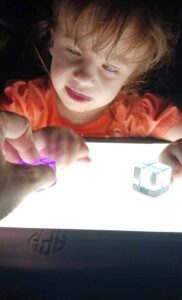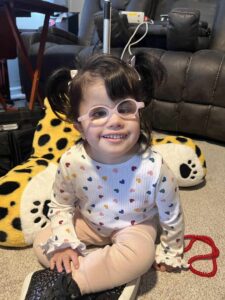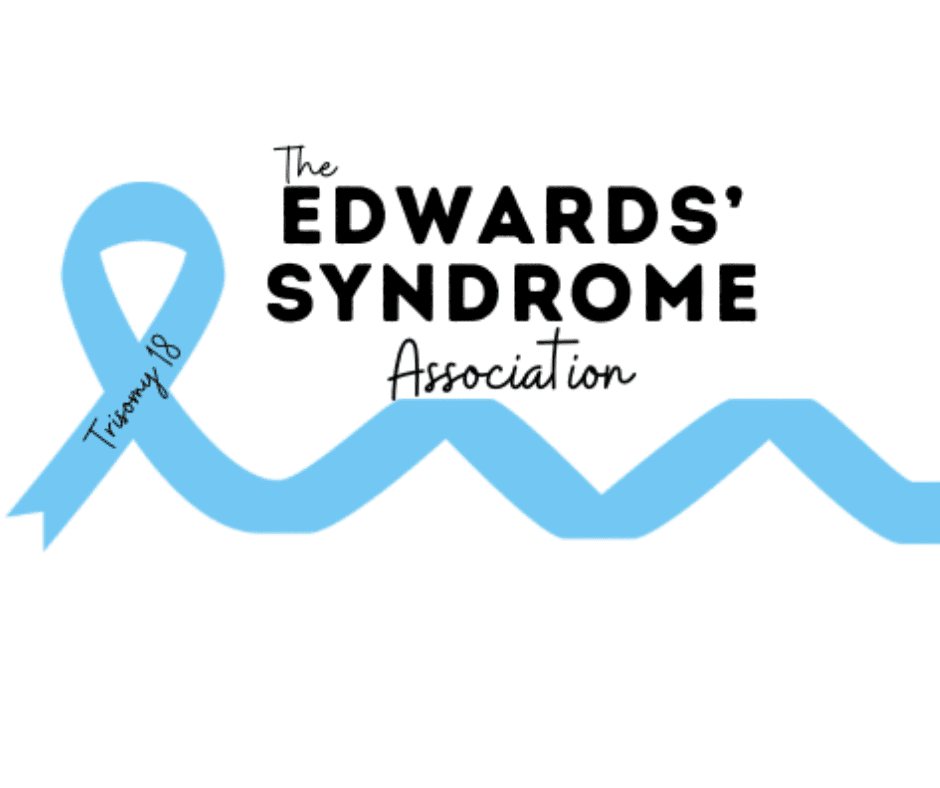What is Trisomy 18?
Understanding Trisomy 18...
Trisomy 18, also called Edwards Syndrome, is a genetic condition caused by having an extra copy of chromosome 18. There are three types of Trisomy 18:
- Full Trisomy 18: Every cell in the body has three copies of chromosome 18 (This is the most common type).
- Mosaic Trisomy 18: Some cells (85% or less) have three copies of chromosome 18, while others are normal.
- Partial Trisomy 18: A part of an extra chromosome 18 is in every cell (This type can be passed down in families).
History and Discovery of Trisomy 18
Edwards Syndrome was first discovered in the 1960s by a British scientist named John Hilton Edwards. While studying children with similar developmental problems, he found that they all had an extra copy of chromosome 18. This important discovery helped scientists learn more about chromosomal disorders and how they affect human development.


Genetics and Causes of Trisomy 18...
How Do Chromosomal Abnormalities Occur…
Humans usually have 23 pairs of chromosomes with the genetic information needed for growth and body functions. In Trisomy 18, a mistake happens during cell division, causing an extra copy of chromosome 18. This error can occur when eggs or sperm are being formed, or early in the baby’s development.
Causes of Trisomy 18
The exact cause of Trisomy 18 is unknown, but it is generally related to a problem in cell division. Most cases are not inherited but occur as random events during the formation of eggs and sperm. Advanced maternal age has been identified as a risk factor for Trisomy 18, with the condition being more likely in children born to older mothers.
Diagnosing Methods...
Doctors can diagnose before and after a baby is born using different tests.
Prenatal Testing for Trisomy 18
Several tests can detect Trisomy 18 during pregnancy, including:
- Non-Invasive Prenatal Testing (NIPT): A blood test that looks for the probability of Patau Syndrome, Edwards Syndrome, and Down Syndrome. It’s typically offered around 10 weeks or later. (This is a prognosis, not a diagnosis)
- Chorionic Villus Sampling (CVS): A test that checks the placental tissue for genetic conditions. (Usually performed between 10 – 13 weeks of pregnancy)
- Amniocentesis: A test that analyzes the amniotic fluid around the baby to check for chromosome issues. (Usually performed between 15 – 20 weeks of pregnancy)
These tests help parents and doctors get ready for the birth of a baby with Trisomy 18 and plan for the care they might need.
*Do not feel obligated to have any of these tests performed for diagnosis*
Postnatal Diagnosis
After the baby is born, doctors can confirm Trisomy 18 with a blood test called a karyotype that examines the baby’s chromosomes. A physical exam and common symptoms of Edwards Syndrome (Trisomy 18) may also suggest the condition, leading to more genetic testing.

